‘Shinjuku Boys’, Stories from a Transgender Host Club
A 1995 documentary film interviews ‘onabe’ hosts, transitioning men who entertain female clients in Tokyo’s nightlife.
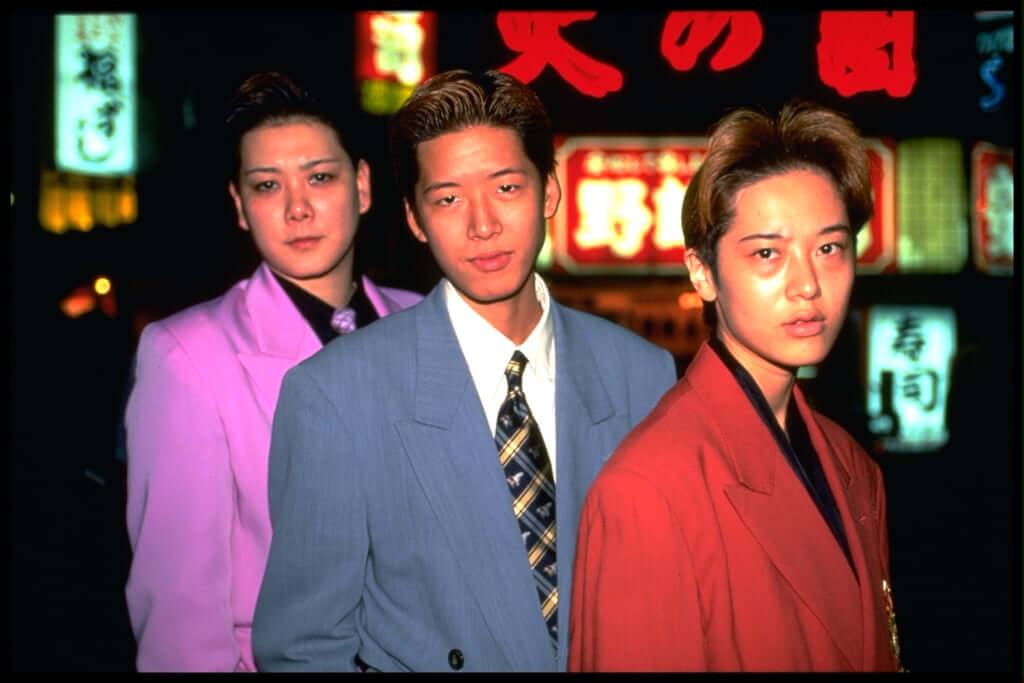
‘Shinjuku Boys’, courtesy of WMM.
In the glitzy Shinjuku neighbourhood of Ni-Chome, the elegantly dressed ‘hosts’ of New Marilyn Night Club pour champagne and charm female guests. ‘Each customer thinks we’re her special boyfriend, but they’re fooled,’ explains one host, Kazuki. ‘Thats how we do business.’ But the employees of New Marilyn are all onabe, Japan’s transgender men, living a lifestyle not openly accepted by society while running an elaborate business that caters to its lonely core.
Jano Williams and Kim Longinotto’s documentary Shinjuku Boys, from 1995, interviews New Marilyn’s Hosts Gaishi, Kazuki, and Tatsu, as they each explain their tangled double lives, both as nightlife entertainers and queer citizens of Tokyo. While observing the secretive day-to-day of a Japanese host, candid discussions are raised ranging from the topics of work and family to romance and sexuality. The portraits of these individuals highlight the many obstacles they face, allowing the viewer to question the notions of freedom and humanity in Japan and beyond.
Welcoming Dreams, Hosting Truth
The two British filmmakers have a history of collaborating on projects revolving around issues of sexuality and feminism in Japan. Kim Longinotto has contributed to more than 20 films dealing with difficult issues of female oppression and gender-based violence, travelling to Kenya for The Day I Will Never Forget (2002), and India for Pink Saris (2010). Journalist Jano Williams meanwhile lived in Japan for many years, immersing herself in its way of life and critiquing its societal structures through Japanese television and radio. Their first collaboration was in 1989 on Eat the Kimono, a documentary about the bold feminist performance artist Genshu Hanayagi. Then, a year before winning awards with Shinjuku Boys, Japan’s influential all-female musical theatre group Takarazuka Revue was taken up in Dream Girls, and in 2000, they investigated a group of Japanese female wrestlers in Gaea Girls.
Despite the convoluted positions involved in Shinjuku Boys, viewers witness honest conversations that convey critical perspectives. In taking apart such a mysterious social phenomenom—one of a country where even hidden desires and feelings can be commodified—the spectacular elements surrounding hosts or hostesses may tempt essentialised understandings on the subject. But instead of meddling with narration, staging, or any advanced scripting, with the characters of New Marilyn, Longinotto’s unobtrusive mode of cinema allows for voices to be carried clearly, and presences vividly. As experts on companionship and professionals in fantasy, the stories told by New Marilyn Club’s members offer invaluable advice to all.
SHINJUKU BOYS (1995) by Jano Williams and Kim Longinotto is available for home video and educational purchases from Women Make Movies.
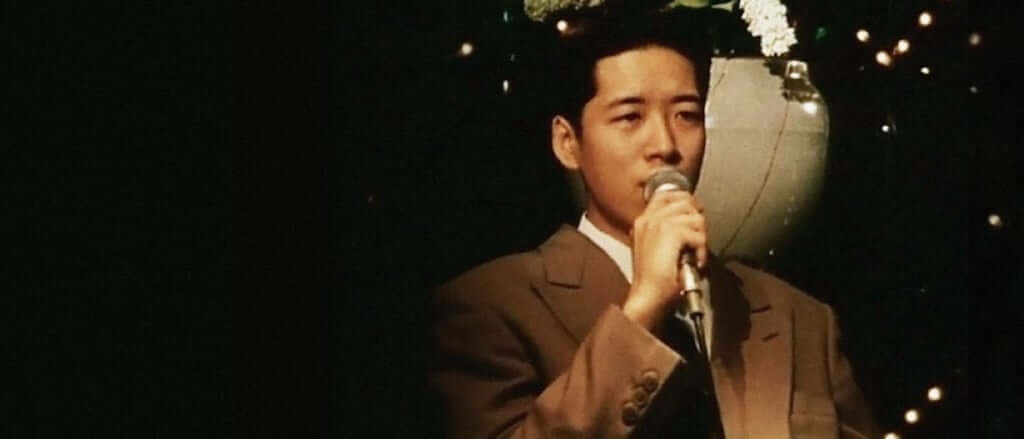
Still from ‘Shinjuku Boys.’ Courtesy of WMM.
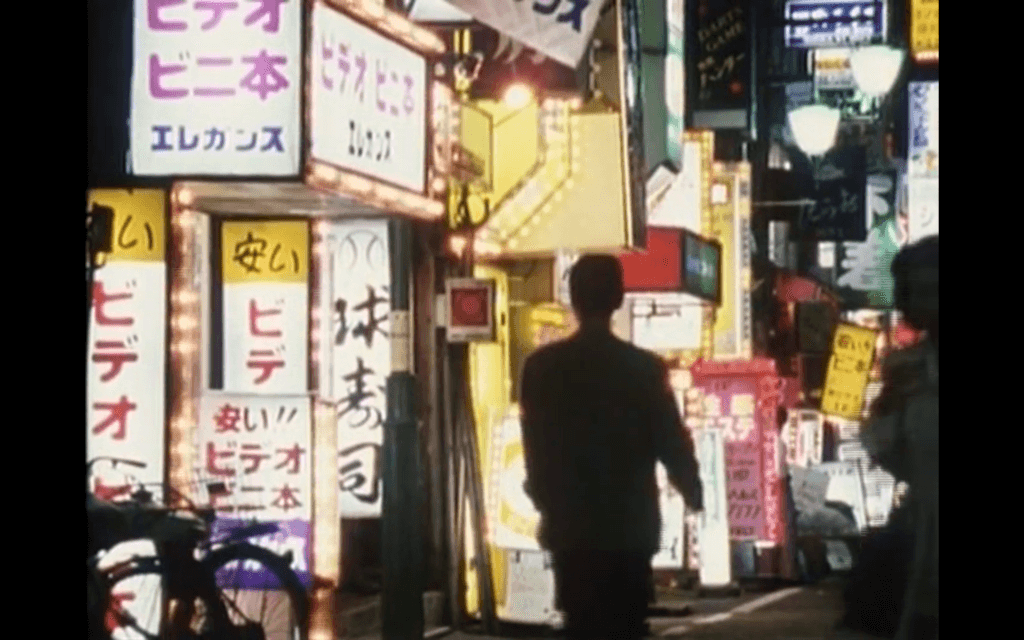
Still from ‘Shinjuku Boys.’ Courtesy of WMM.
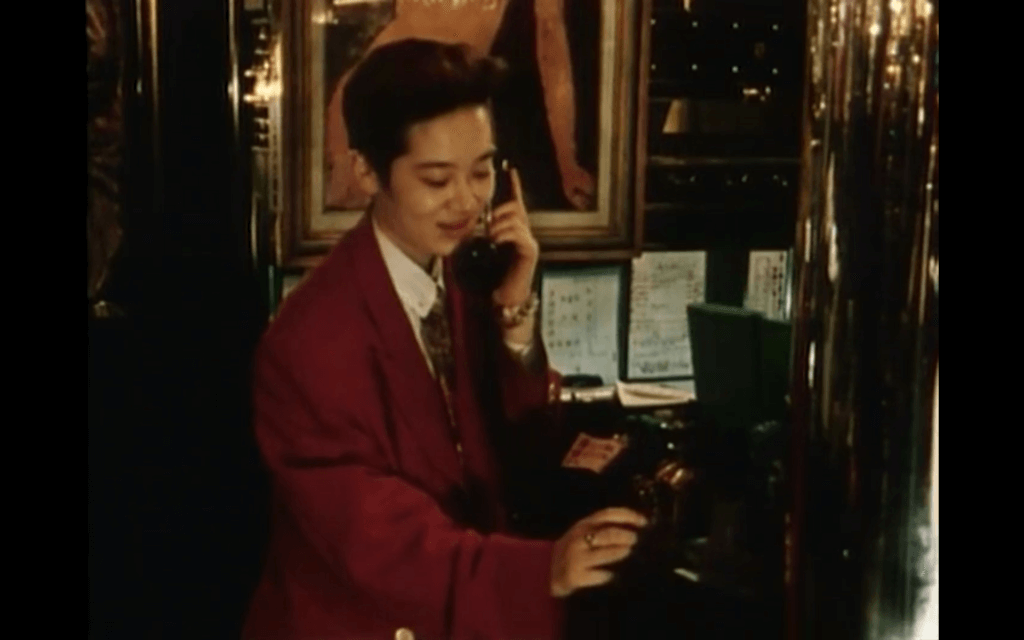
Still from ‘Shinjuku Boys.’ Courtesy of WMM.
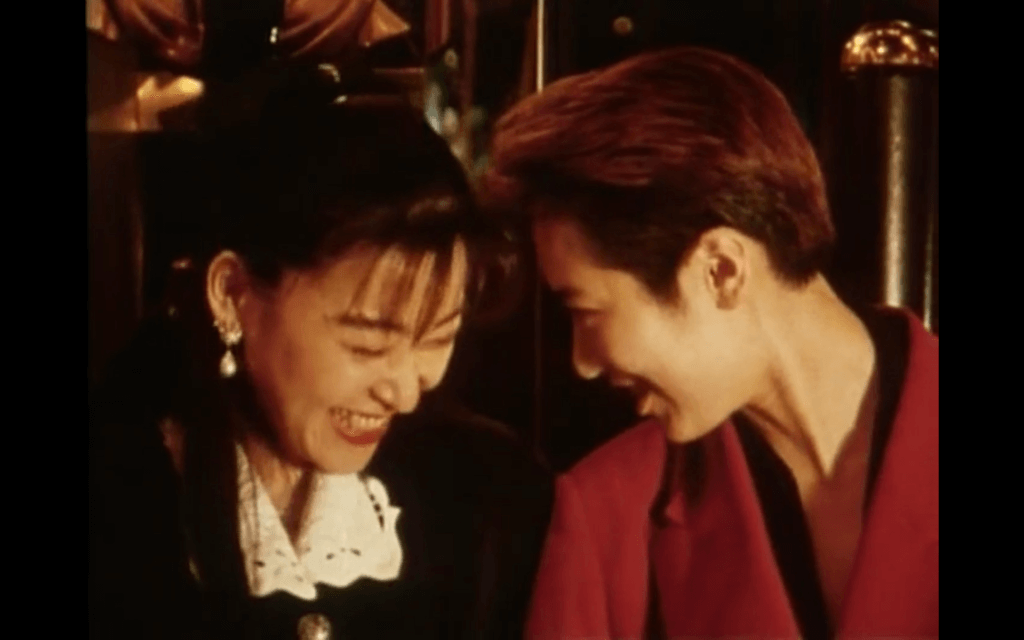
Still from ‘Shinjuku Boys.’ Courtesy of WMM.
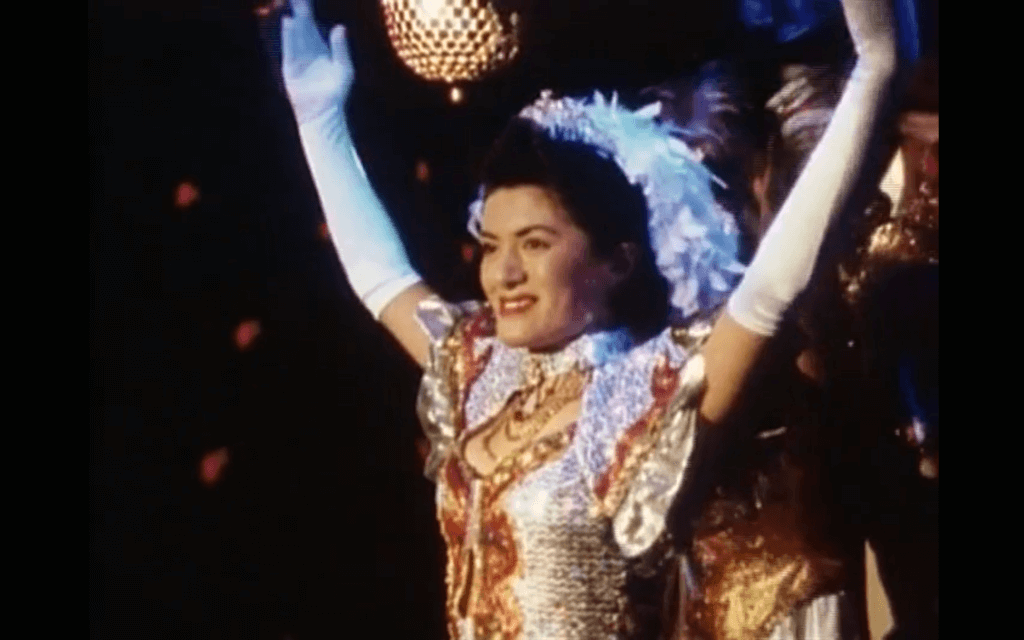
Still from ‘Shinjuku Boys.’ Courtesy of WMM.
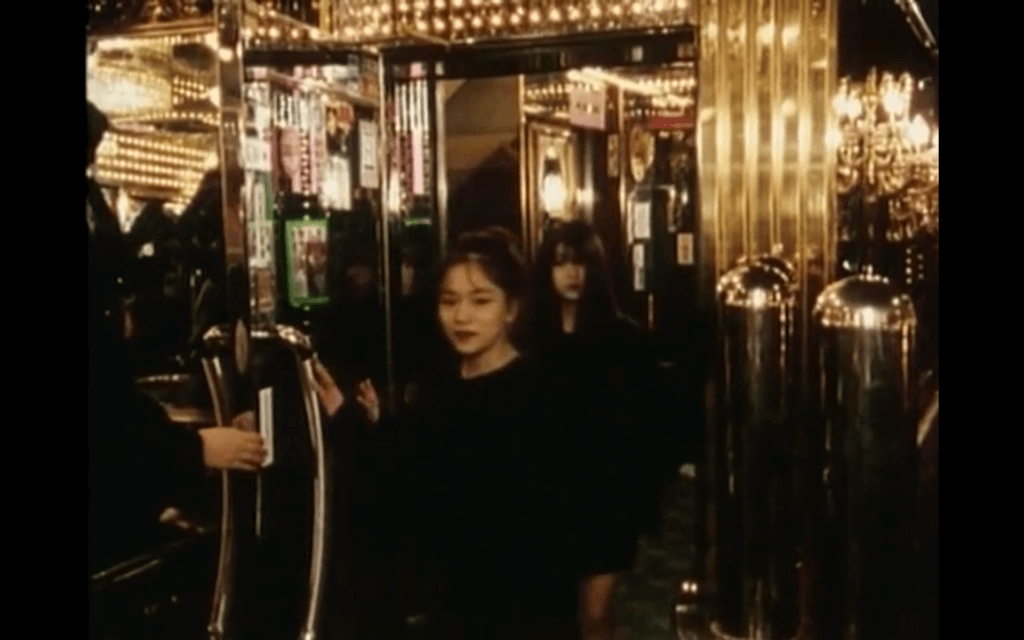
Still from ‘Shinjuku Boys.’ Courtesy of WMM.
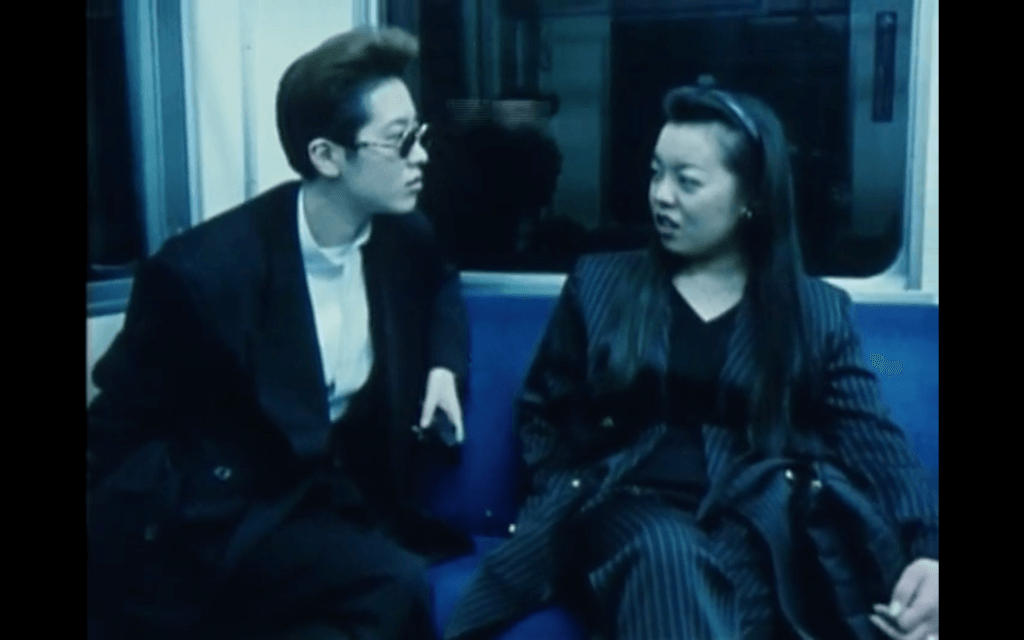
Still from ‘Shinjuku Boys.’ Courtesy of WMM.
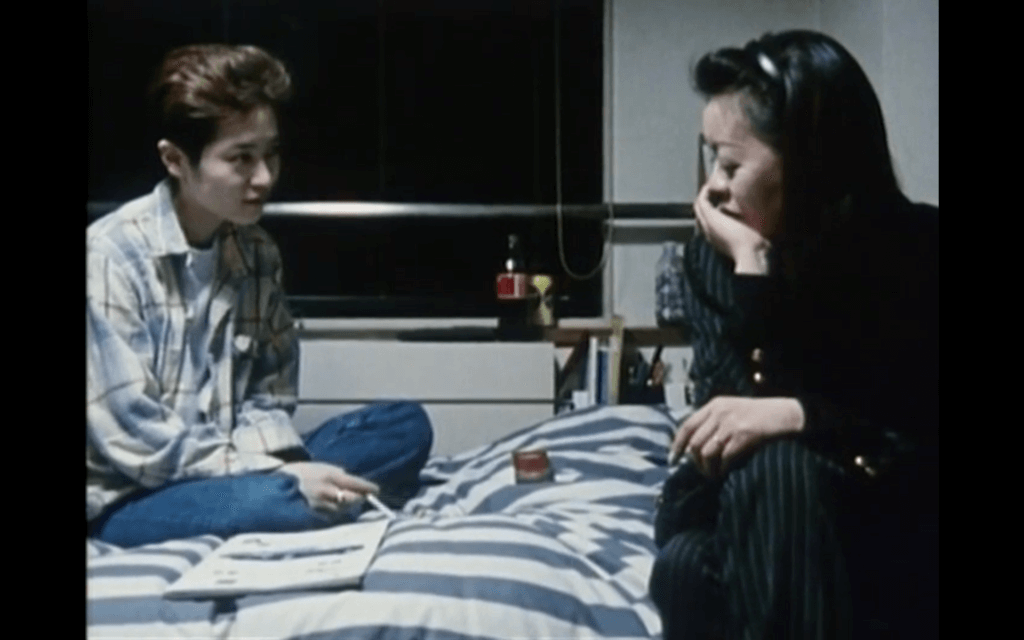
Still from ‘Shinjuku Boys.’ Courtesy of WMM.

Still from ‘Shinjuku Boys.’ Courtesy of WMM.
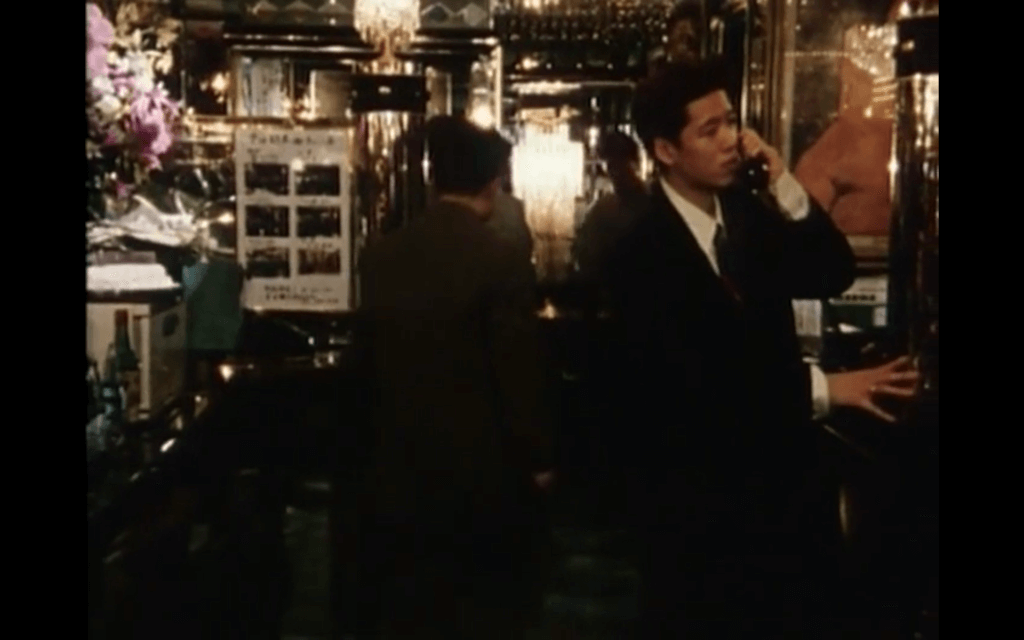
Still from ‘Shinjuku Boys.’ Courtesy of WMM.
TRENDING
-
Ishiuchi Miyako, A Singular Perspective on Women
Recipient of the 2024 Women in Motion Award, the photographer creates intimate portraits of women through the objects they left behind.

-
Recipe for Ichiraku Ramen from ‘Naruto’ by Danielle Baghernejad
Taken from the popular manga with the character of the same name who loves ramen, this dish is named after the hero's favourite restaurant.

-
Namio Harukawa, Master of Japanese SM Art
'Garden of Domina' offers a dive into the world of an icon of ‘oshiri’, whose work has now reached a global audience.

-
The Tattoos that Marked the Criminals of the Edo Period
Traditional tattoos were strong signifiers; murderers had head tattoos, while theft might result in an arm tattoo.

-
The Emperor of Japanese Porn is Now the Star of a Netflix Series
Deliciously funny, The Naked Director especially succeeds in reviving the atmosphere that was so characteristic of 1980s Japan.





